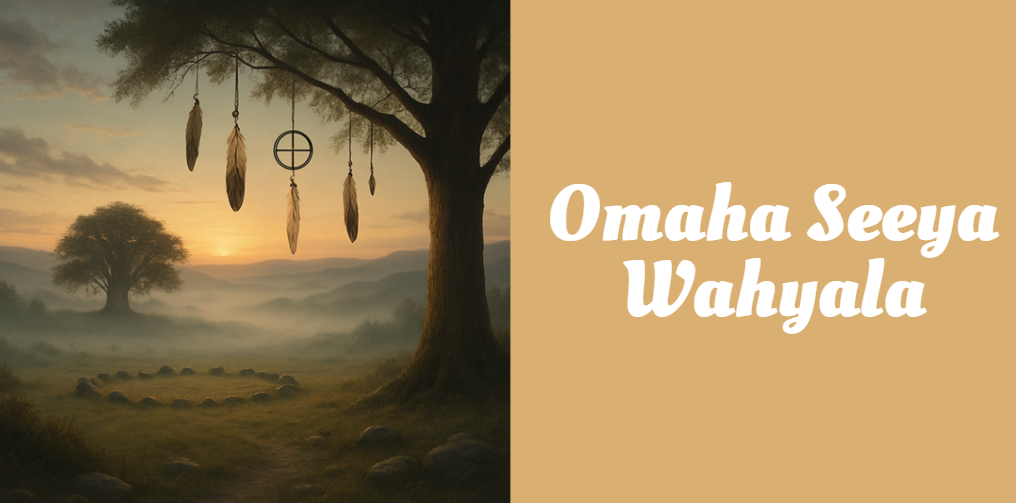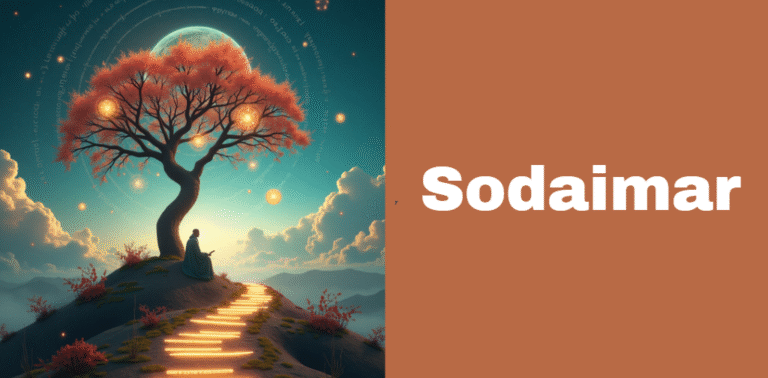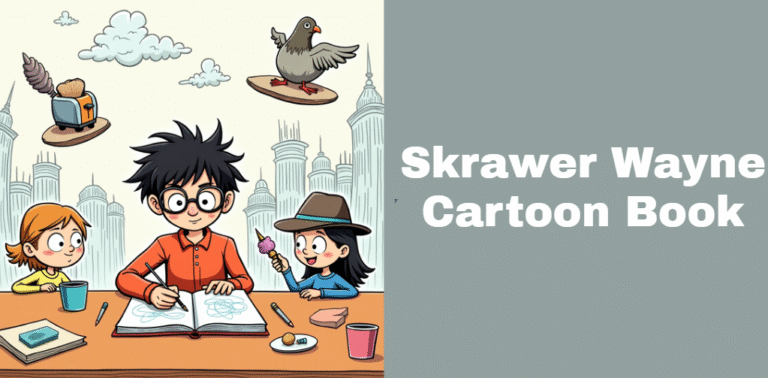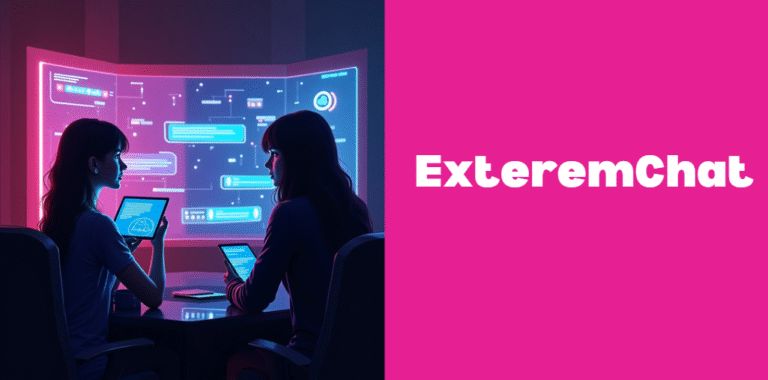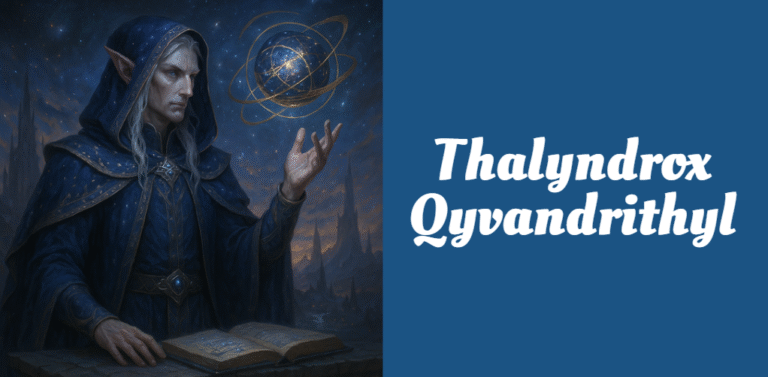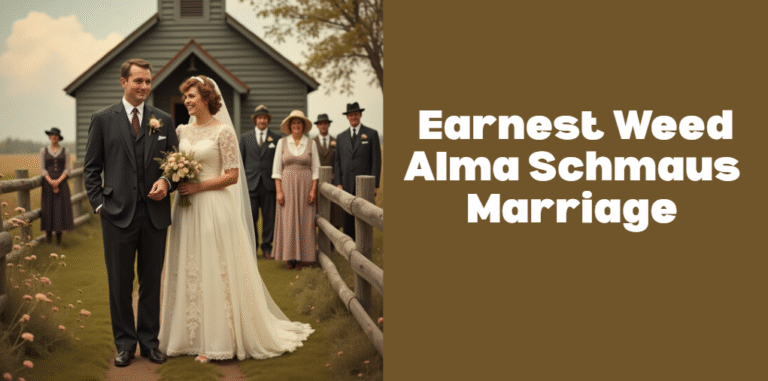Omaha Seeya Wahyala: A Sacred Phrase of Vision, Spirit and Heritage
The phrase “Omaha Seeya Wahyala” holds deep cultural and spiritual meaning in the heritage of the Omaha Tribe of Native Americans. Rich with symbolism and power, this sacred expression has been passed down through generations, acting as both a guiding phrase and a unifying voice for the community. Understanding its roots is essential for appreciating the depth of Native identity, belief, and unity.
This article explores the origins, meaning, ceremonial use, and modern relevance of Omaha Seeya Wahyala, crafted for readers seeking accessible yet detailed insight into Indigenous heritage.
Historical Origins
The Omaha Tribe, originally part of the larger Siouan-speaking people, has a history that stretches back centuries. “Omaha Seeya Wahyala” is more than a phrase; it is a testament to their ancient worldview. Oral historians believe that the phrase emerged during a time when tribal language was deeply connected to the land, animals, and the spiritual realm.
Centuries ago, elders would use this phrase during vision quests, community gatherings, and sacred rites to invoke spiritual awareness and call upon ancestral energy. As generations evolved, the phrase remained intact, a thread connecting Omaha youth to their elders.
Linguistic Significance
To understand Omaha Seeya Wahyala, it’s essential to look at the structure of the words:
| Omaha Word | Literal Translation | Cultural Interpretation |
|---|---|---|
| Seeya | To see deeply | Vision or insight beyond the physical |
| Wahyala | Sacred energy or force | Spiritual presence or divine guidance |
Combined, “Seeya Wahyala” expresses the act of seeing with spiritual clarity—of perceiving sacred truths not visible to the ordinary eye.
Language plays a key role in cultural continuity, and the Omaha have traditionally used oral storytelling to ensure the survival of phrases like this. Unlike generic expressions, “Omaha Seeya Wahyala” is layered, spiritual, and exclusive to specific ceremonial contexts, making it deeply revered.
Ceremonial and Spiritual Importance
In ceremonial life, Omaha Seeya Wahyala is often spoken during sacred rituals, such as naming ceremonies, elder blessings, and seasonal transitions like the Spring Renewal Festival. It serves as a call to ancestral spirits, inviting guidance, protection, and wisdom.
The phrase is also central to vision quests, where individuals seek personal clarity and spiritual awakening in isolation. Elders often recite it to prepare seekers mentally and spiritually. In this context, it represents a connection between the physical world and the spirit realm.
Common Ceremonial Uses:
- Prayer Circles – Said aloud to unify the group’s intention.
- Coming-of-Age Rites – Marking spiritual maturity.
- Healing Ceremonies – Invoking sacred vision and strength.
- Council Gatherings – Reminding all of their ancestral responsibilities.
Cultural Expressions
Today, the phrase has inspired artistic expression in many forms. You’ll find references to Omaha Seeya Wahyala in tribal beadwork, drumming songs, murals, and modern literature. In some tribal schools, students are taught to write poetry and music inspired by this phrase to preserve its relevance.
Artists may depict the phrase through visual motifs such as:
- Eyes surrounded by nature, symbolizing spiritual vision.
- Circles and spirals, representing sacred energy flows.
- Ancestor silhouettes, showing the continuity of generations.
Through these expressions, the Omaha people breathe modern life into ancient words.
Community and Intergenerational Connections
One of the most powerful aspects of Omaha Seeya Wahyala is its ability to connect generations. Grandparents teach the phrase to their grandchildren not just as words, but as a lived philosophy. It reminds individuals to see with the heart, listen with the soul, and act with reverence.
In community settings, such as language revitalization workshops or youth mentorship programs, the phrase is used to anchor lessons in respect, empathy, and cultural pride.
Modern Relevance and Global Influence
Though ancient, Omaha Seeya Wahyala continues to thrive in the digital age. Native influencers, scholars, and cultural preservationists now share the phrase online to promote awareness of Indigenous identity. You may even see it used as a hashtag during Indigenous Heritage Month.
It also resonates with non-Native audiences seeking mindfulness, grounding, and cultural appreciation—though it’s important to engage with it respectfully and acknowledge its roots.
Examples of Contemporary Use:
- TikTok videos discussing ancestral wisdom and Indigenous pride.
- Art shows themed around “sacred vision.”
- Spiritual blogs using the phrase to describe intuitive awakening (with credit to its origins).
Preservation and Educational Initiatives
The Omaha community has initiated several programs to preserve Omaha Seeya Wahyala and the cultural values it represents:
| Initiative Name | Focus Area | Impact |
|---|---|---|
| Omaha Language School | Teaching tribal language and stories | Hundreds of students enrolled |
| Spirit Talk Archive | Audio recordings of elders’ wisdom | Digital preservation of oral history |
| Vision Keepers Program | Youth leadership rooted in tradition | Encouraging cultural identity |
These initiatives ensure that the phrase will live on not just as a relic, but as a living part of everyday life.
Challenges and Future Outlook
Like many Indigenous expressions, Omaha Seeya Wahyala faces threats from globalization, cultural appropriation, and linguistic extinction. As elders pass away, fewer native speakers remain to accurately interpret and use the phrase.
However, with increased awareness, digital archiving, and intertribal collaboration, the future looks hopeful. Schools, scholars, and young creators are stepping up to make sure this phrase is not lost.
Key Strategies for Survival:
- Encourage respectful use by non-Natives.
- Integrate teachings into mainstream education.
- Fund cultural preservation programs.
Conclusion
“Omaha Seeya Wahyala” is more than a phrase—it is a window into an ancient worldview grounded in vision, spirit, and collective memory. From ceremonial chants to modern art, from sacred rituals to classroom teachings, its power endures. Understanding and honoring this sacred expression is a small but vital step toward appreciating the depth of Indigenous wisdom.
If you’ve ever wondered how a few words can capture centuries of culture, emotion, and identity—this is your answer.
Recommended Articles
Who is TikTok user72188219461530? Unmasking the Viral Anonymous Creator of TikTok
Shaun Sampson ICExII: Redefining the Future of Tech, Fashion & Music
Aaron Gaun & InvestorLift: The Visionary Powering Real Estate’s Digital Revolution
